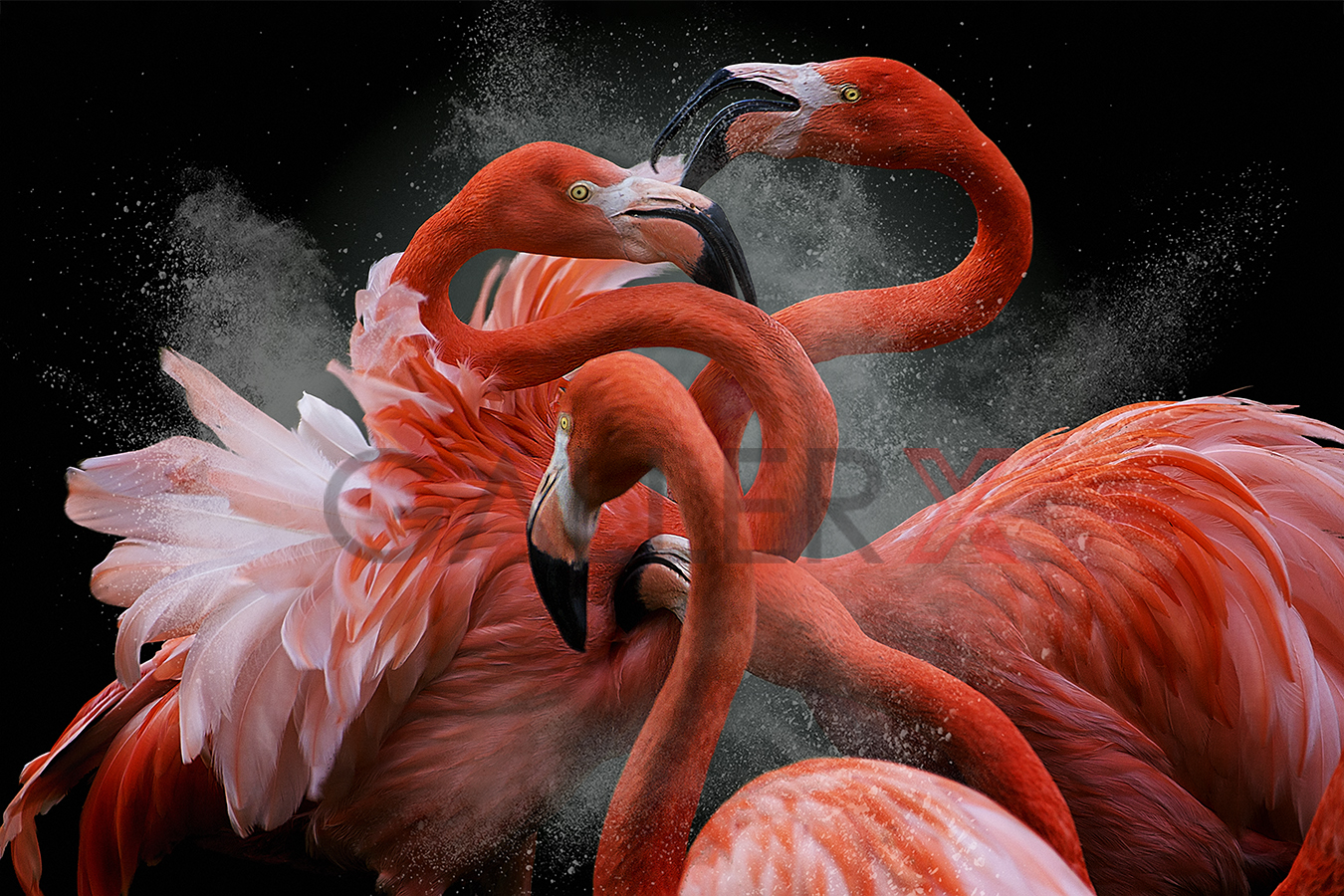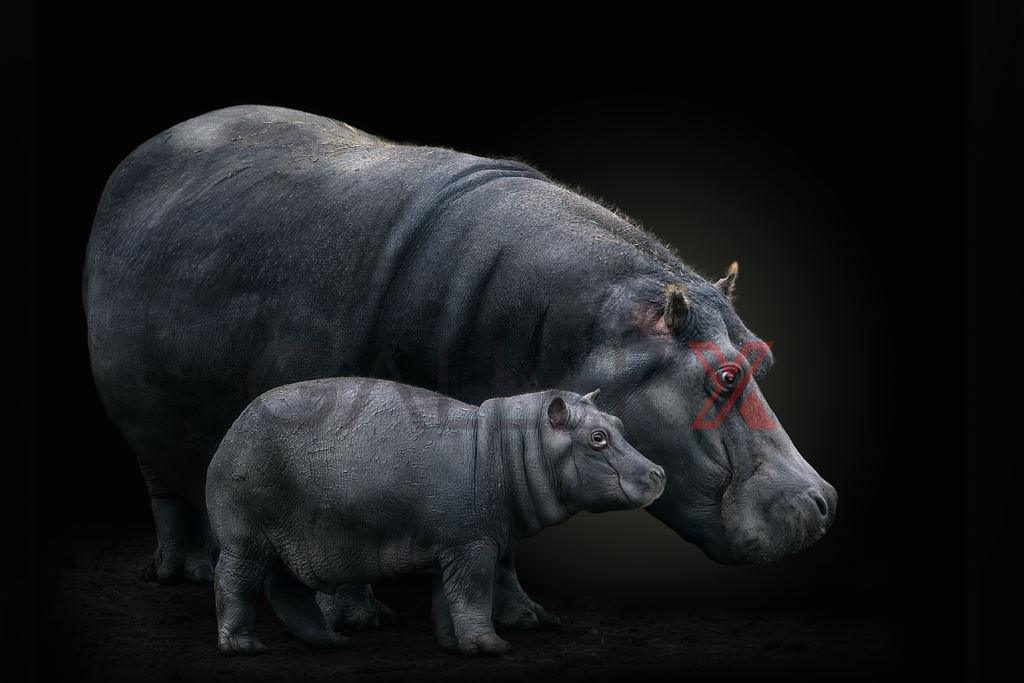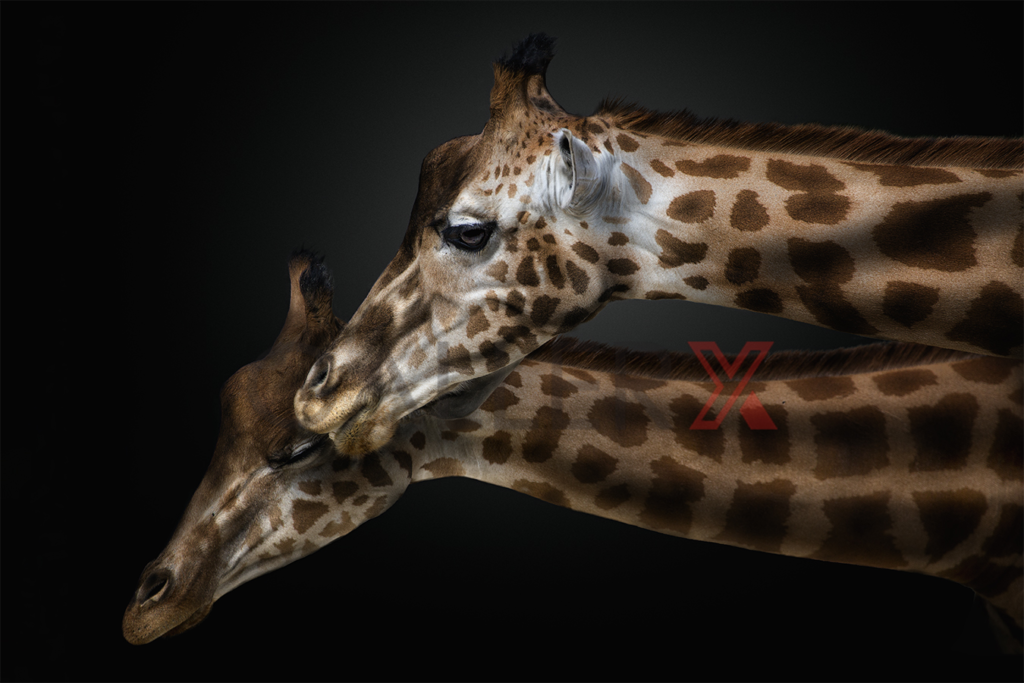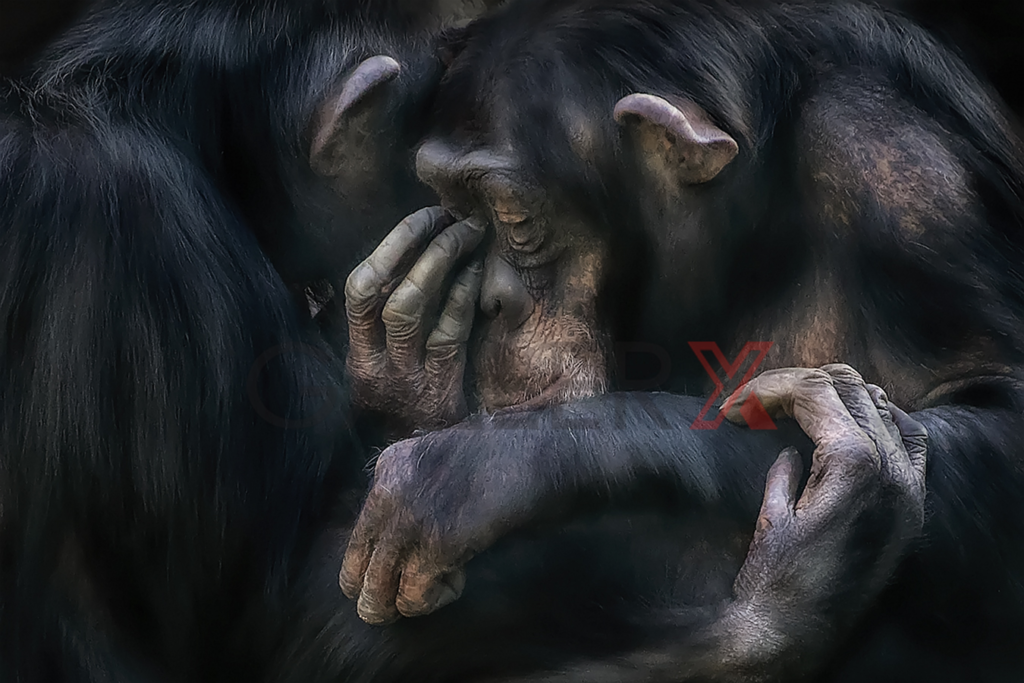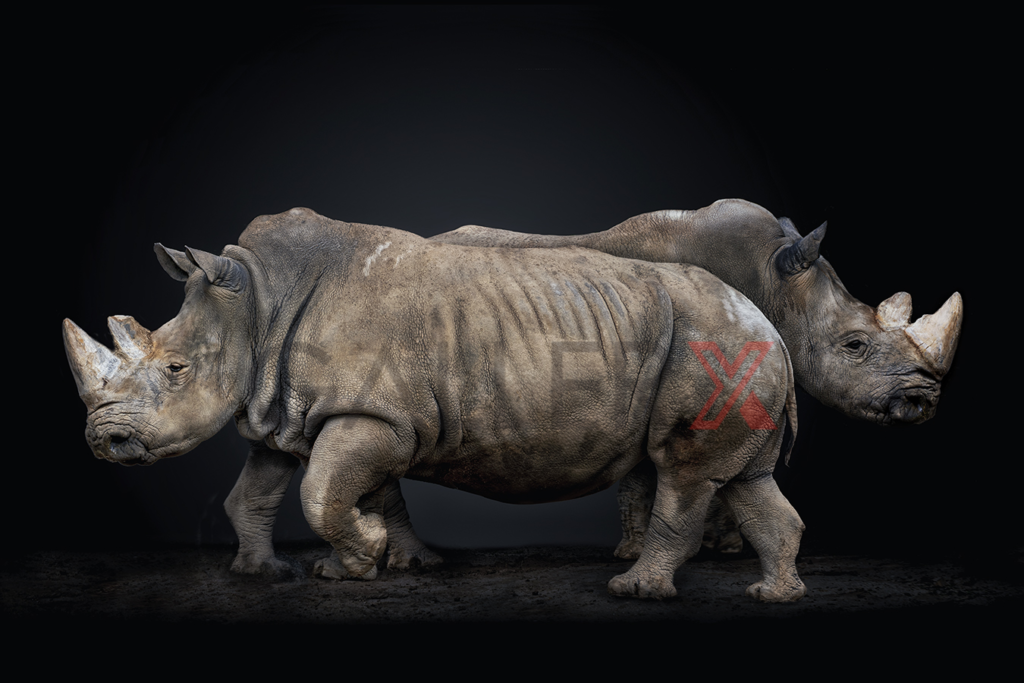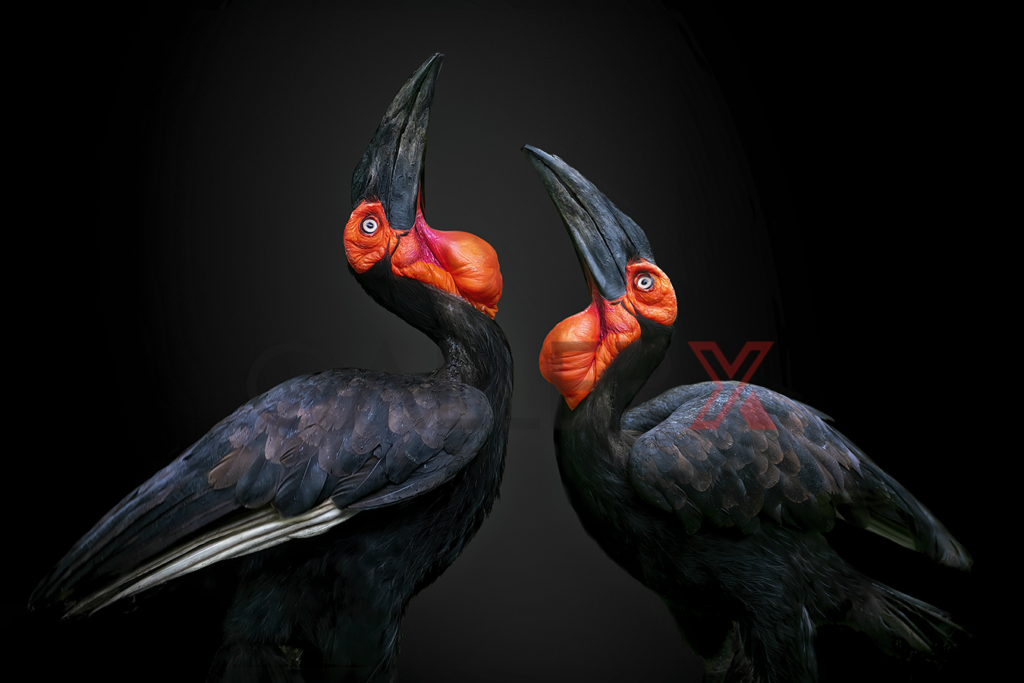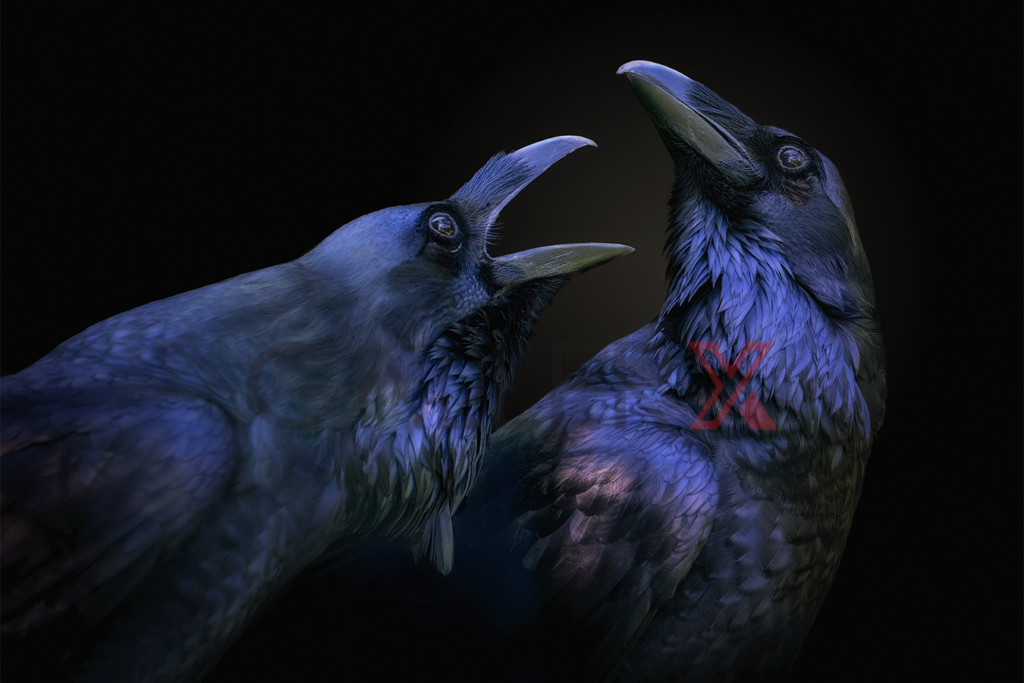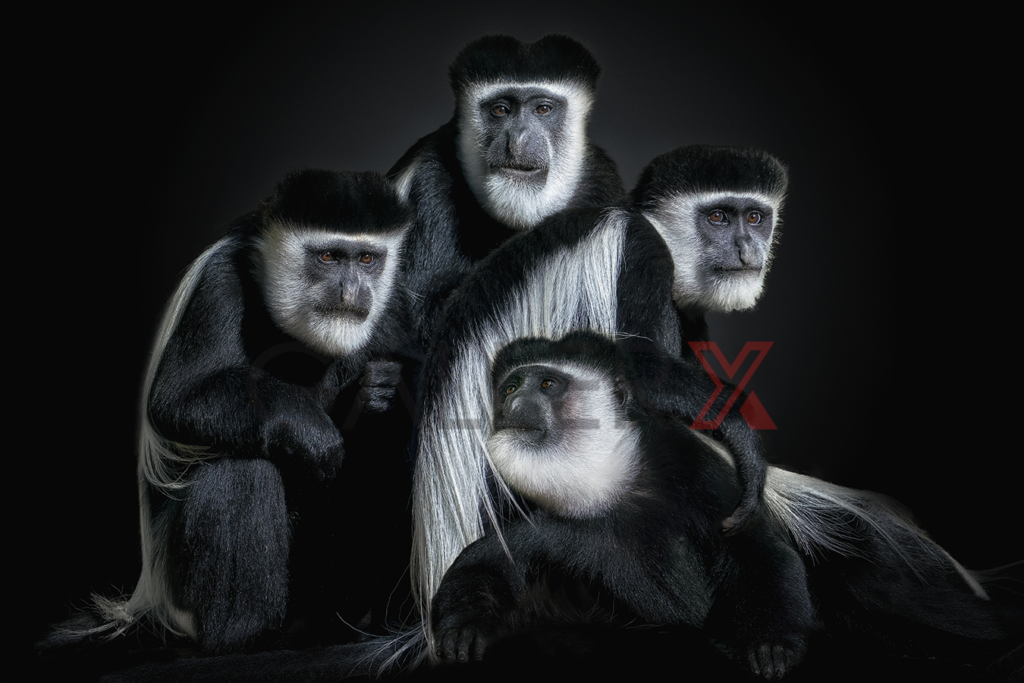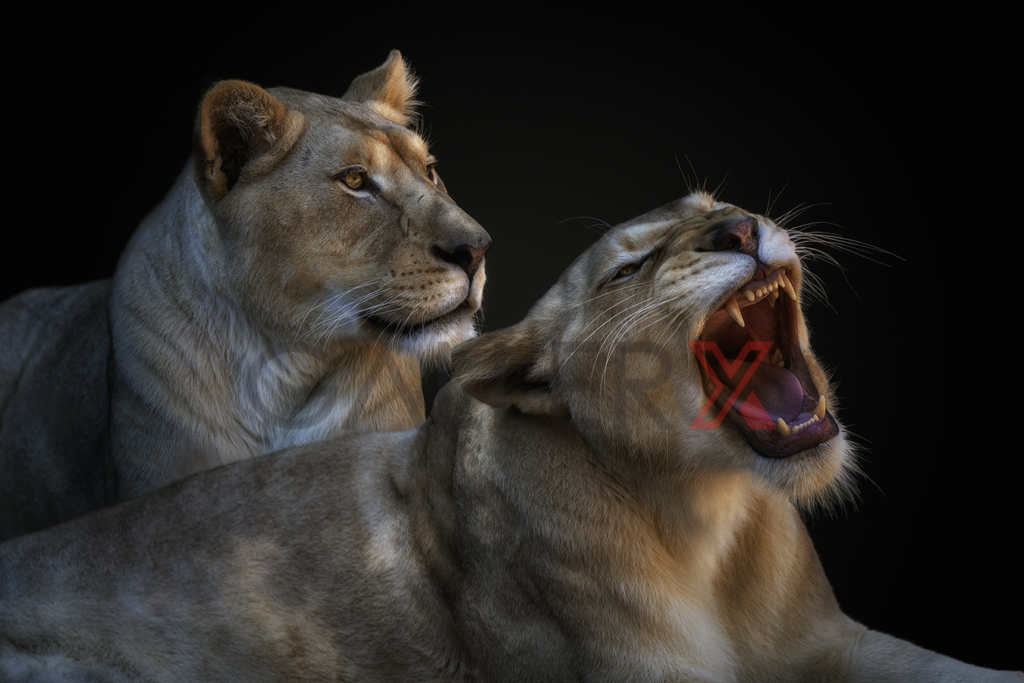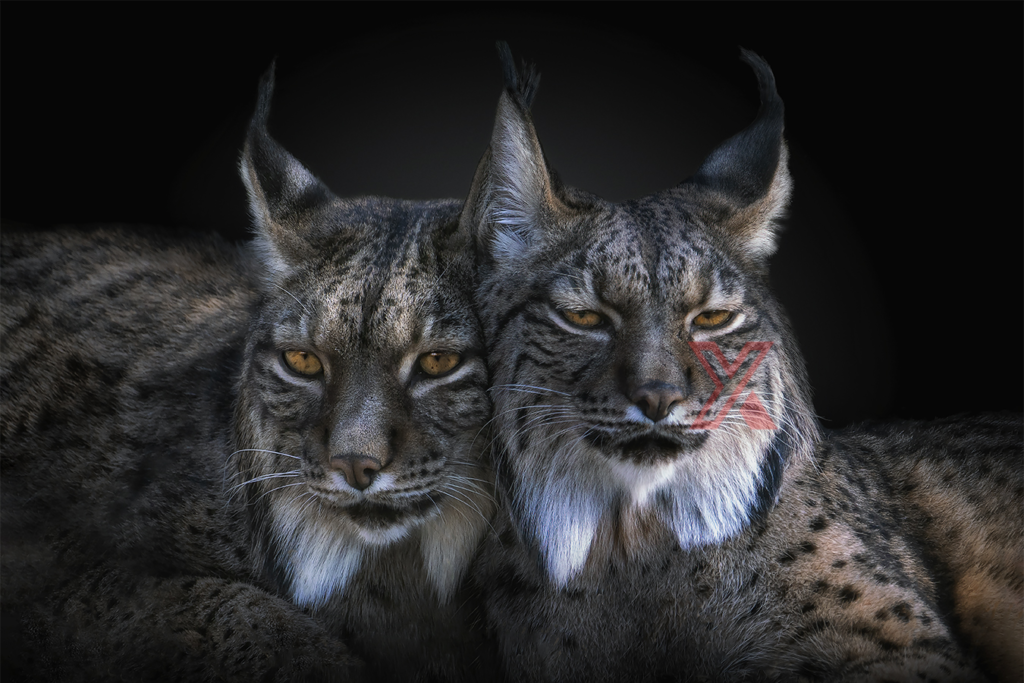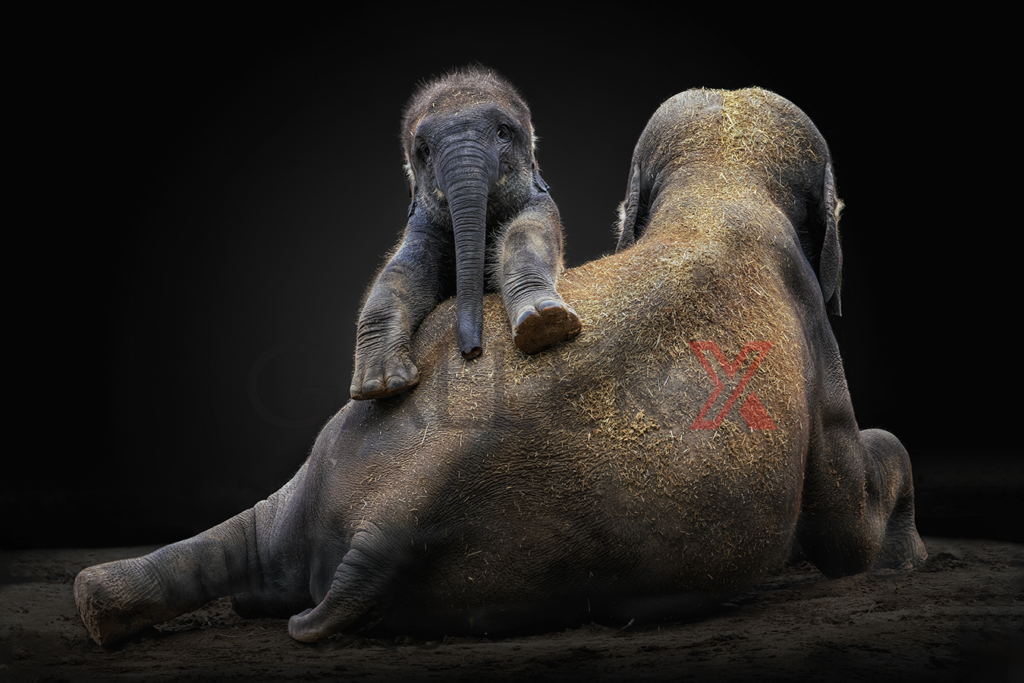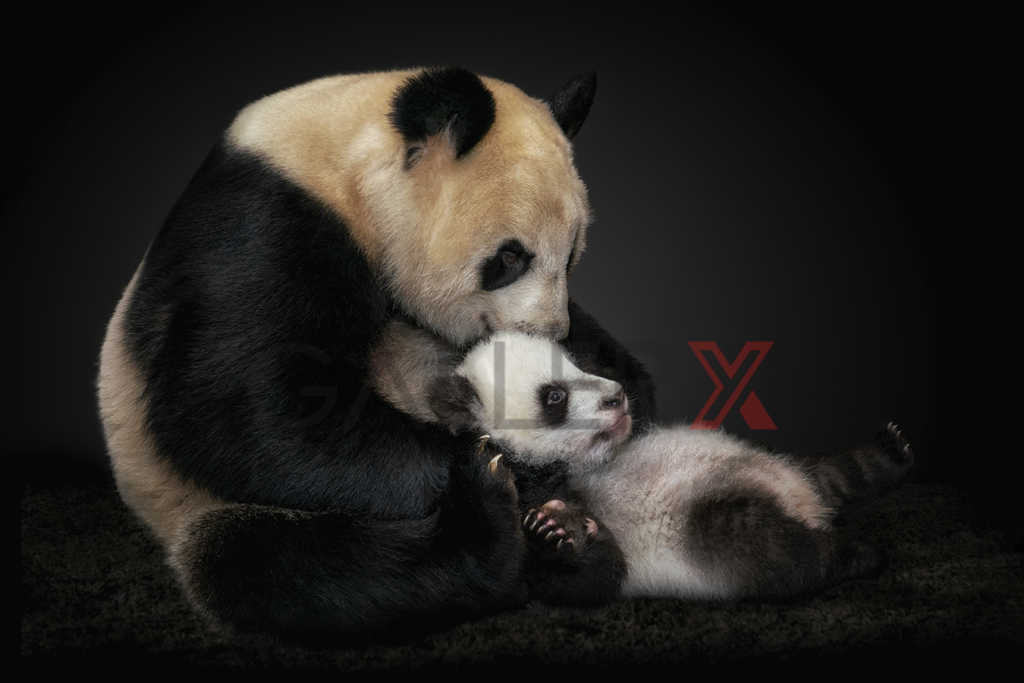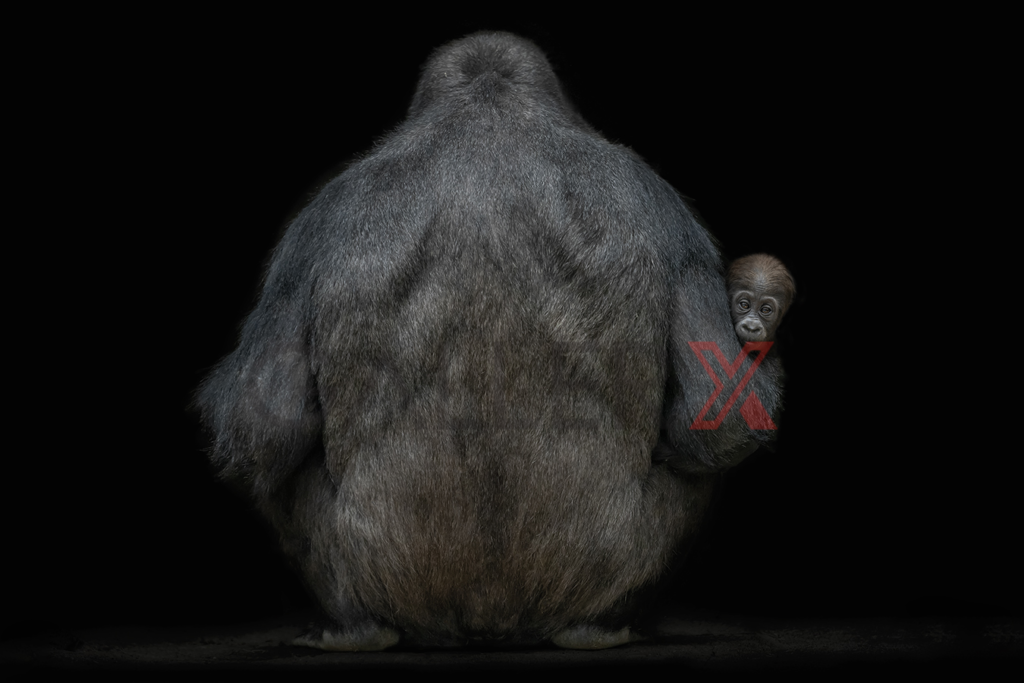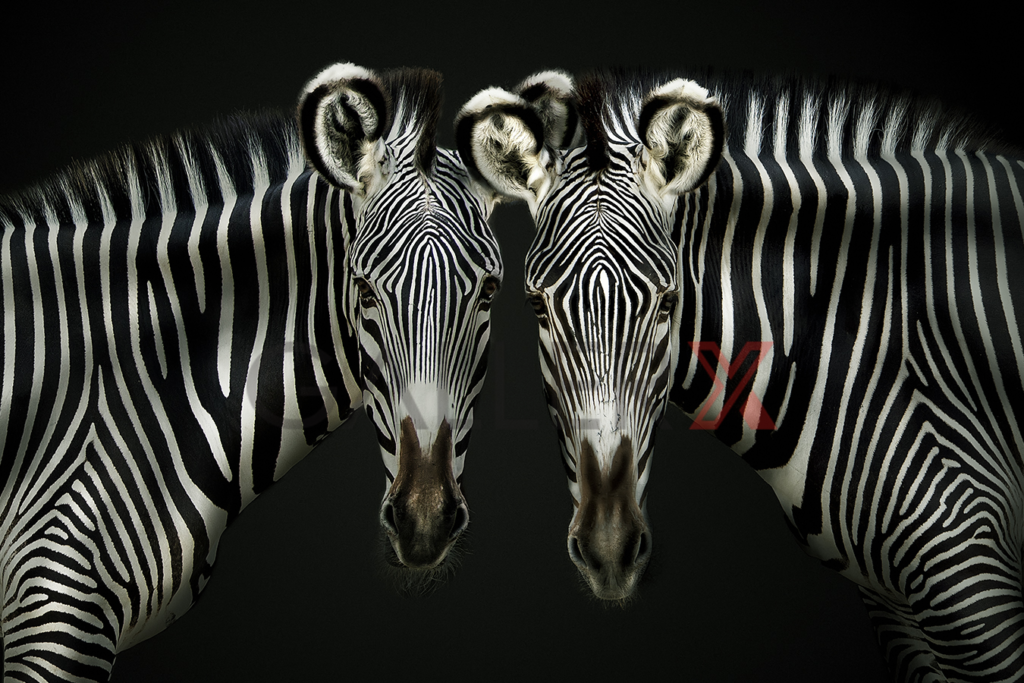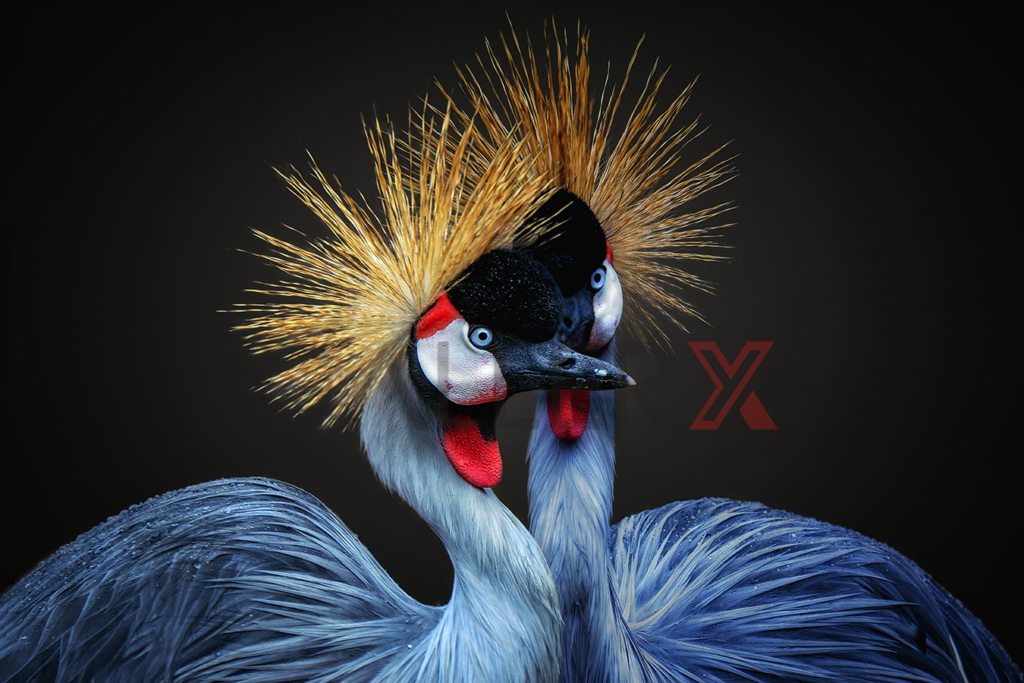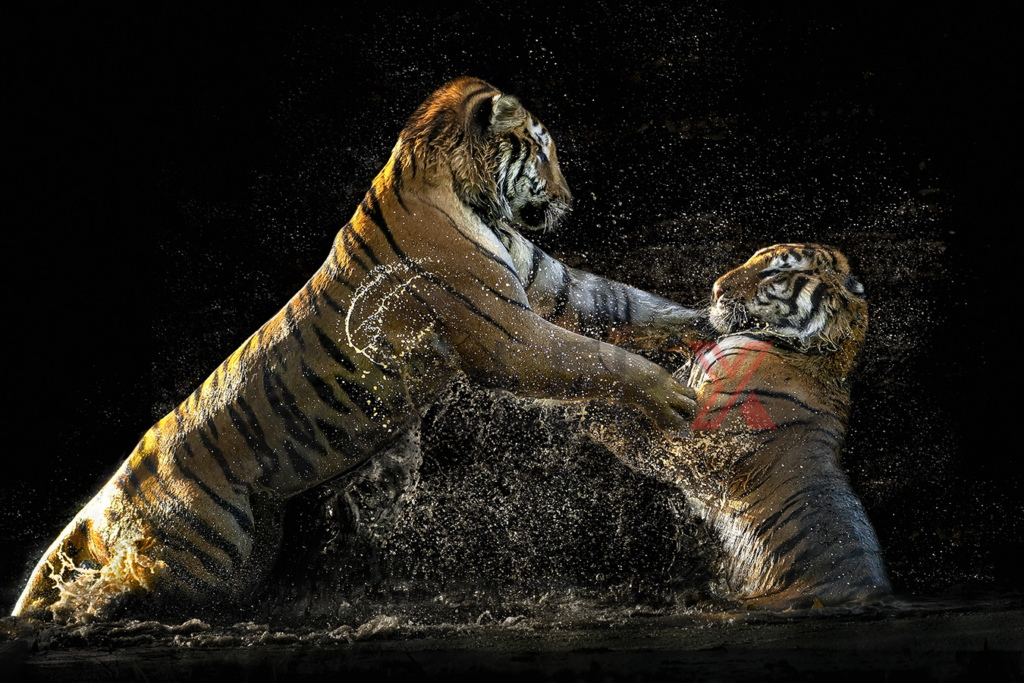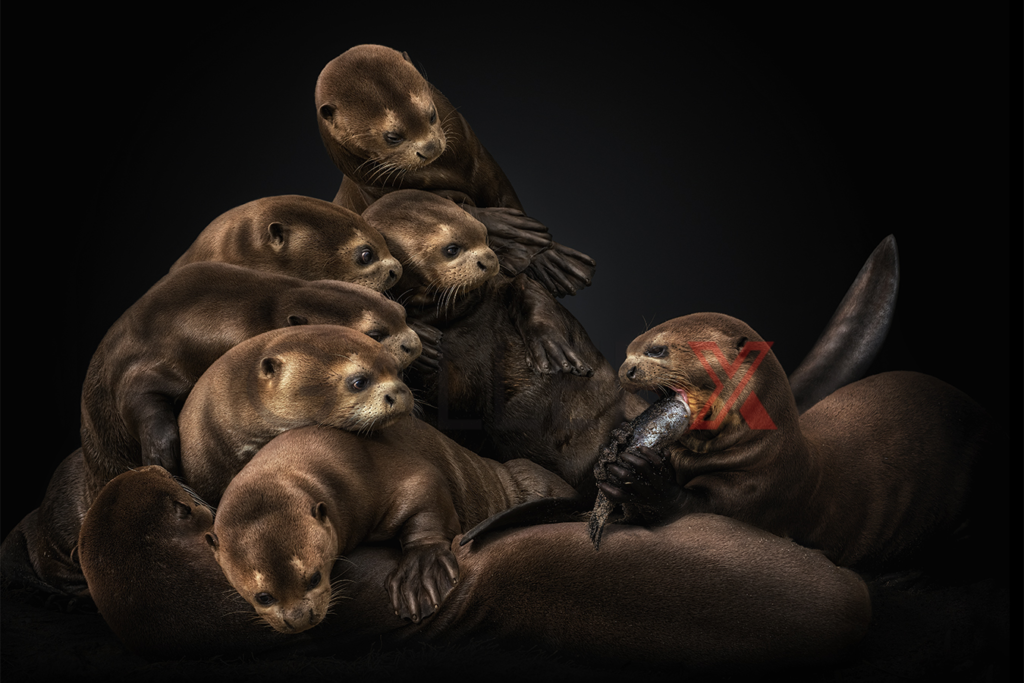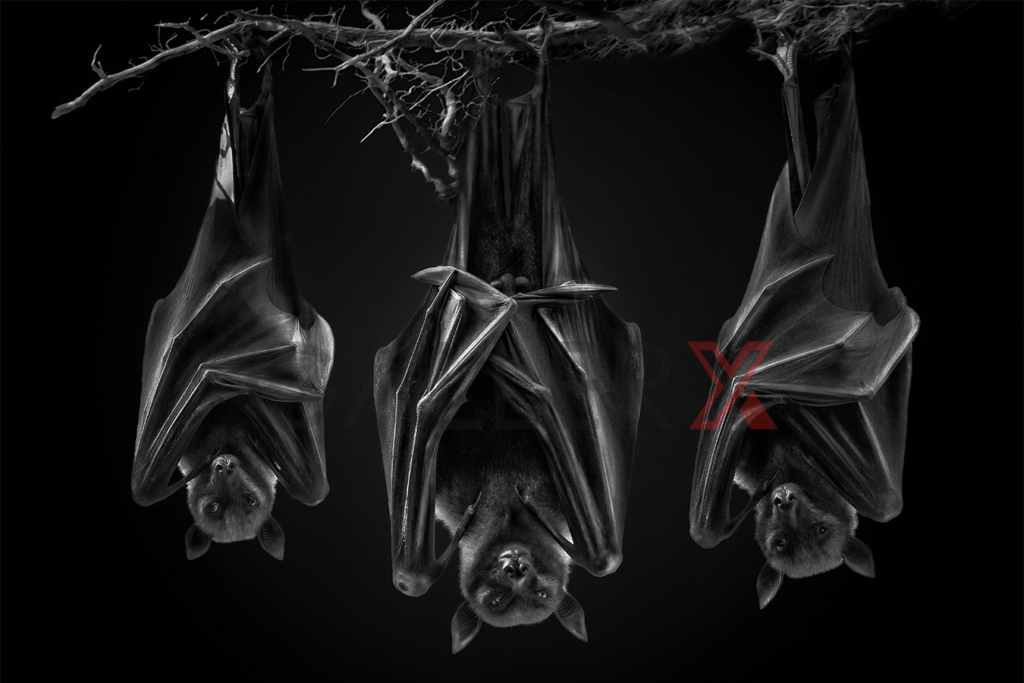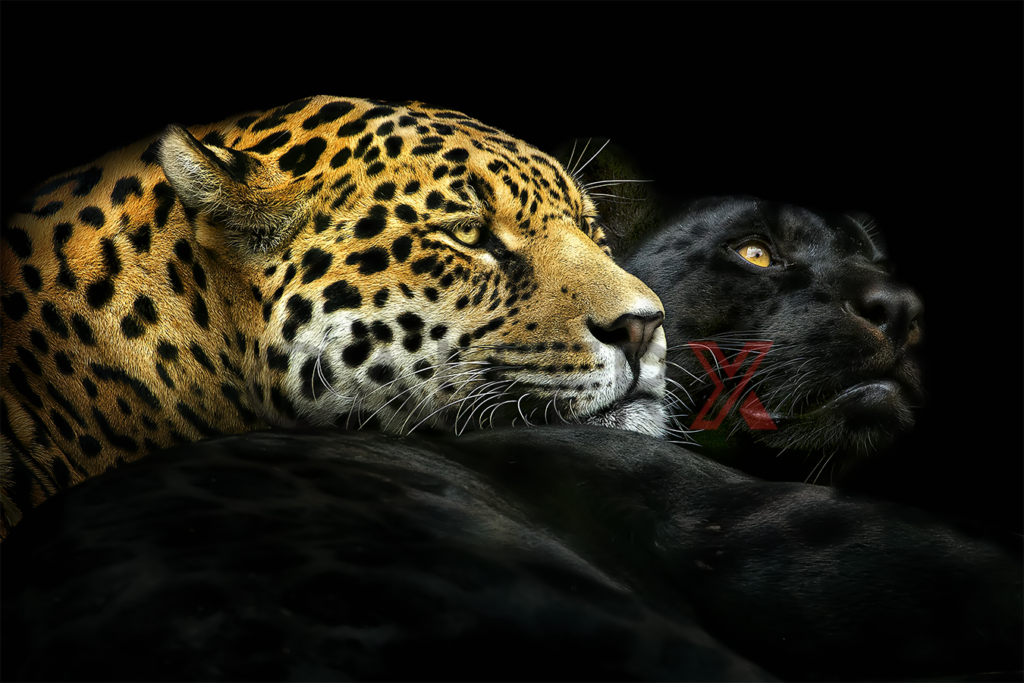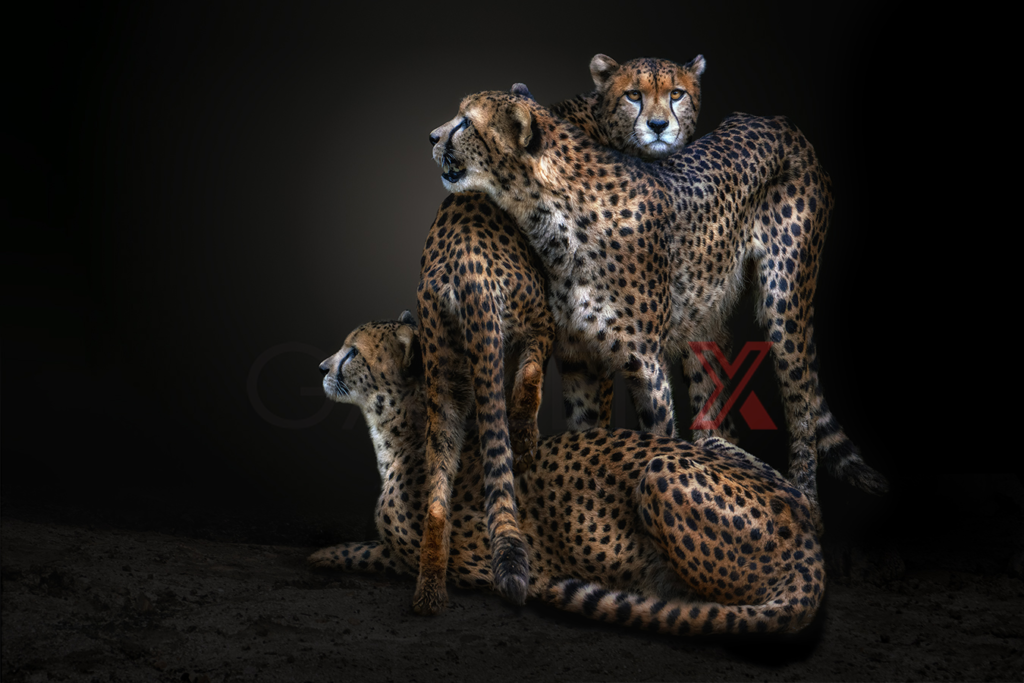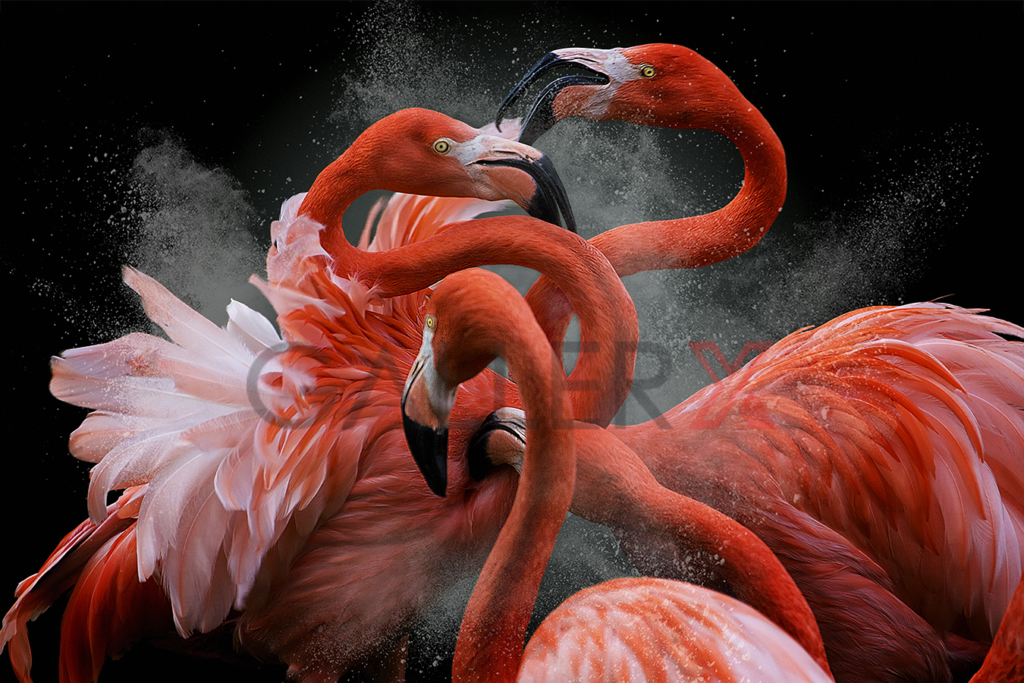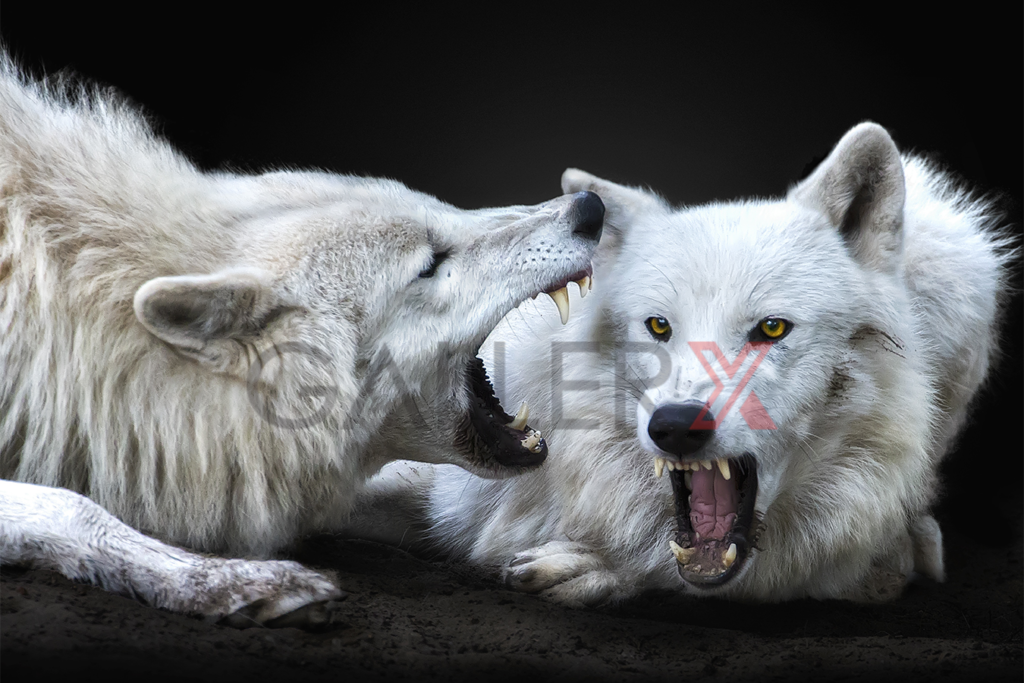
Arctic rage
Arctic wolf (Canis lupus arctos)
The Arctic wolf is one of the largest known wolf species. It lives in very remote and icy regions of Alaska and the north of North America and is characterized by its white fur. Despite inhabiting regions little frequented by humans, it is also endangered, particularly due to climate change and habitat loss.
The Arctic wolf is one of the largest known wolf species. It lives in very remote and icy regions of Alaska and the north of North America and is characterized by its white fur. Despite inhabiting regions little frequented by humans, it is also endangered, particularly due to climate change and habitat loss.

